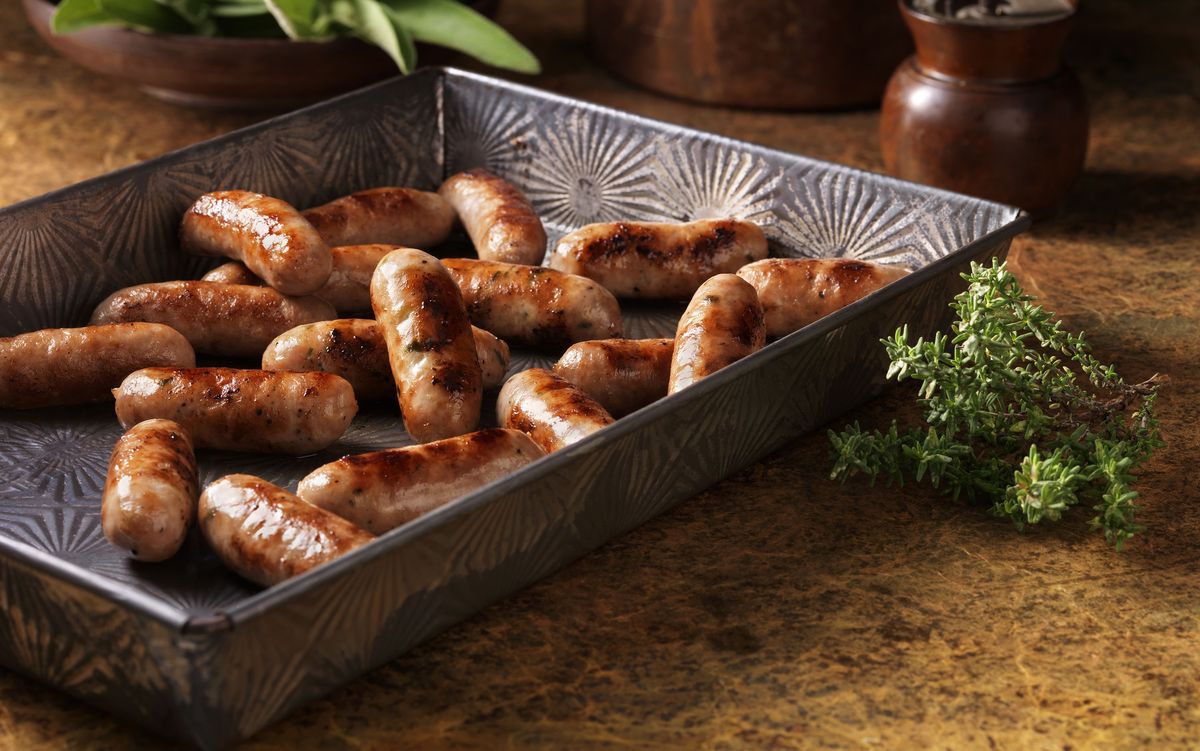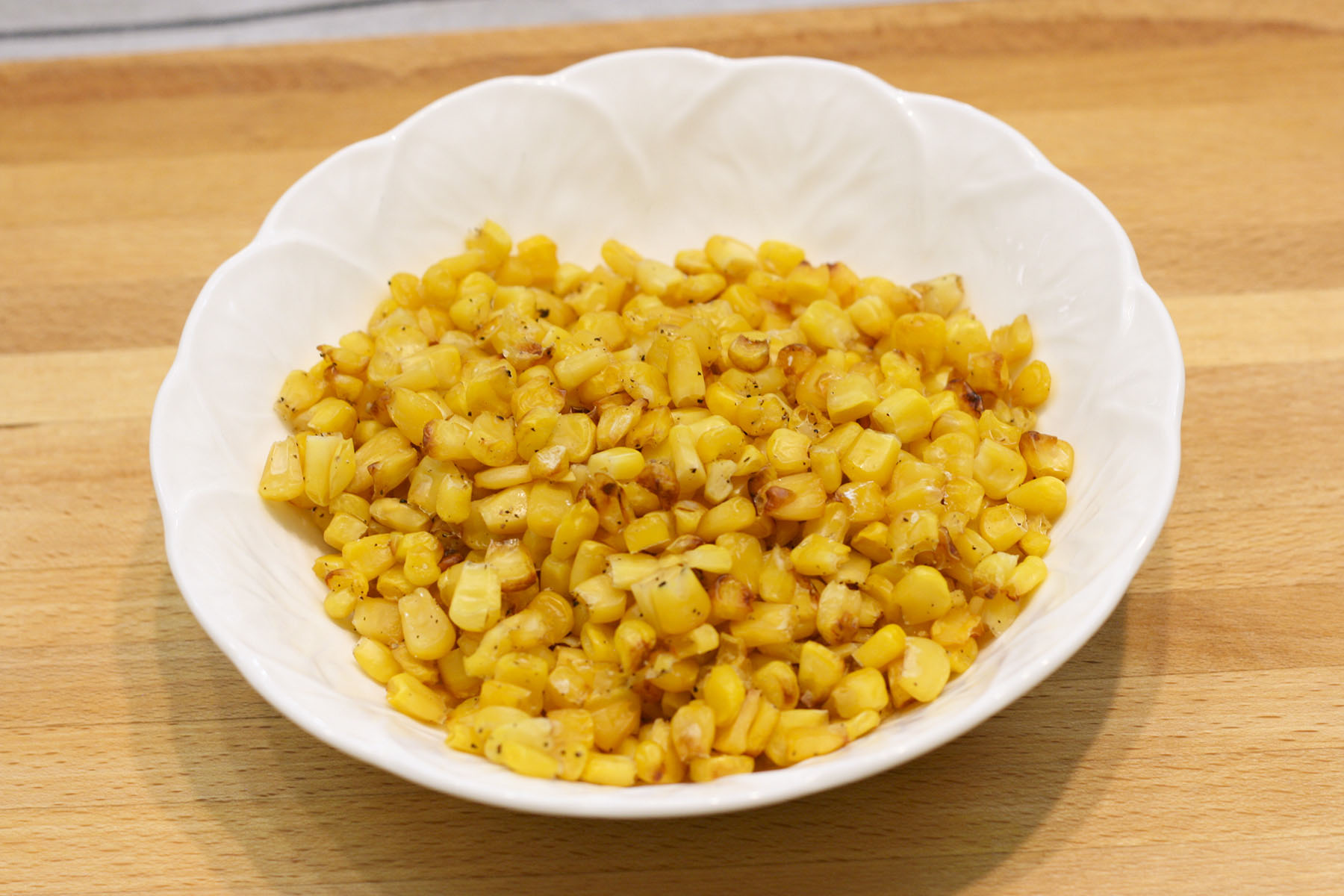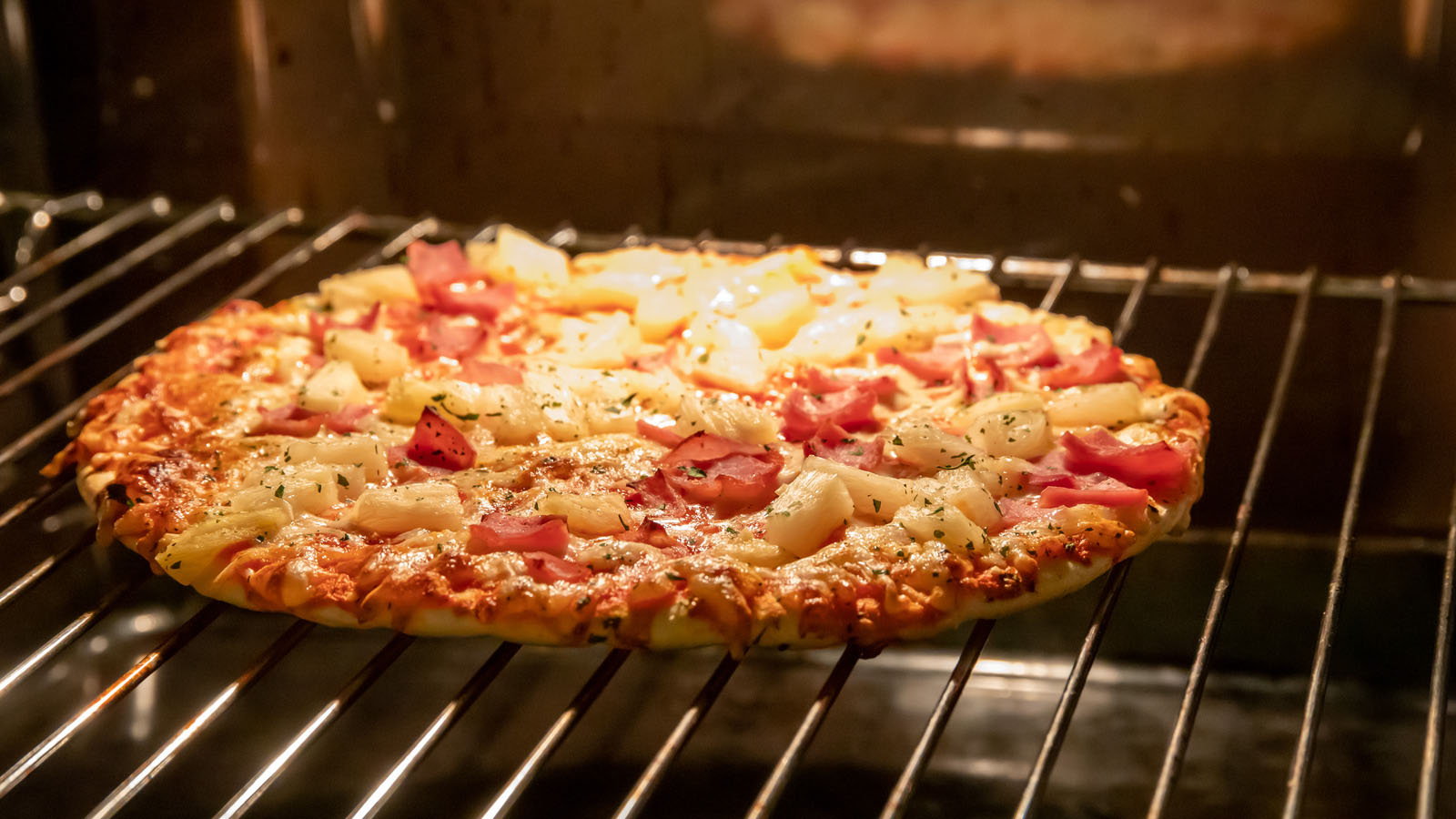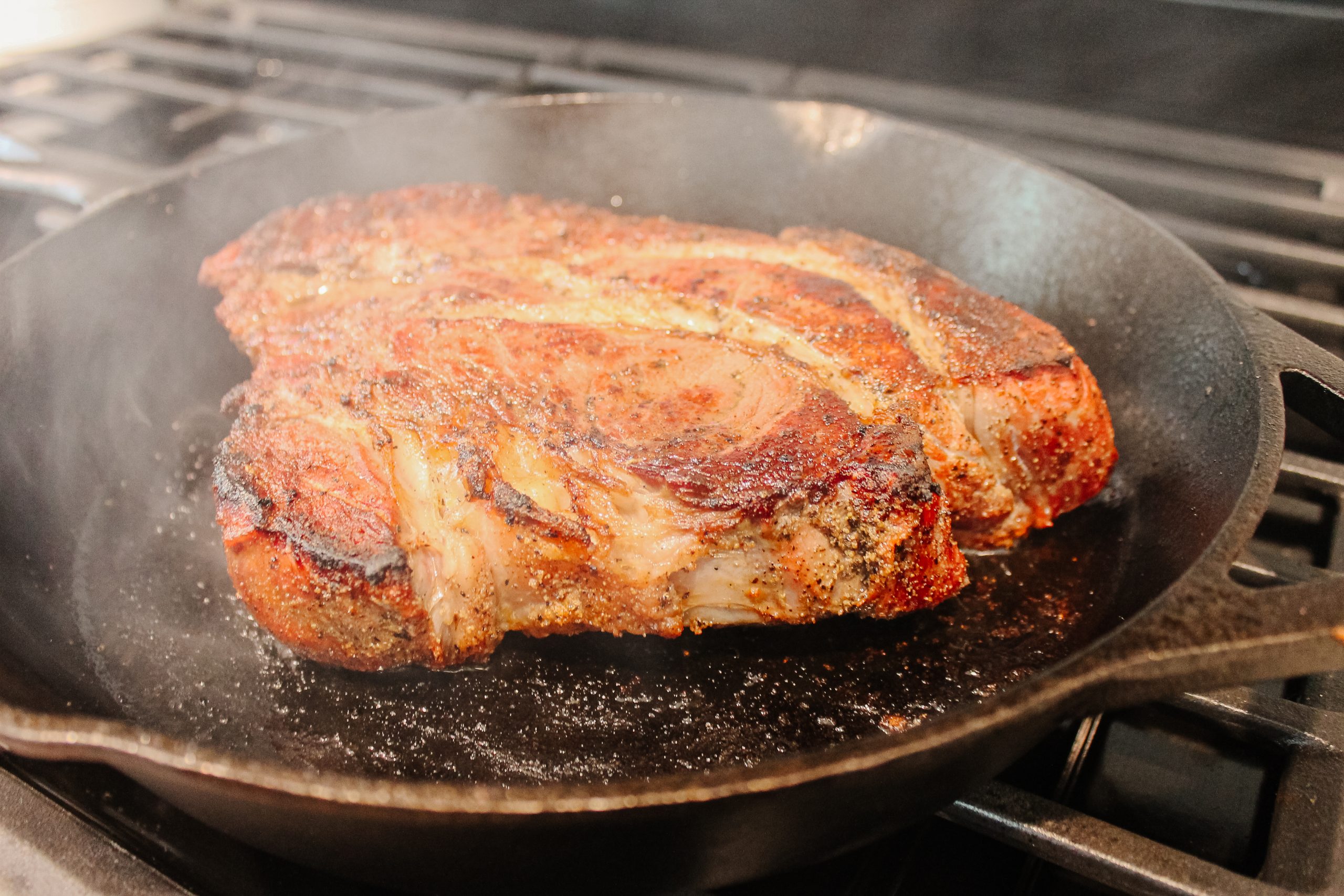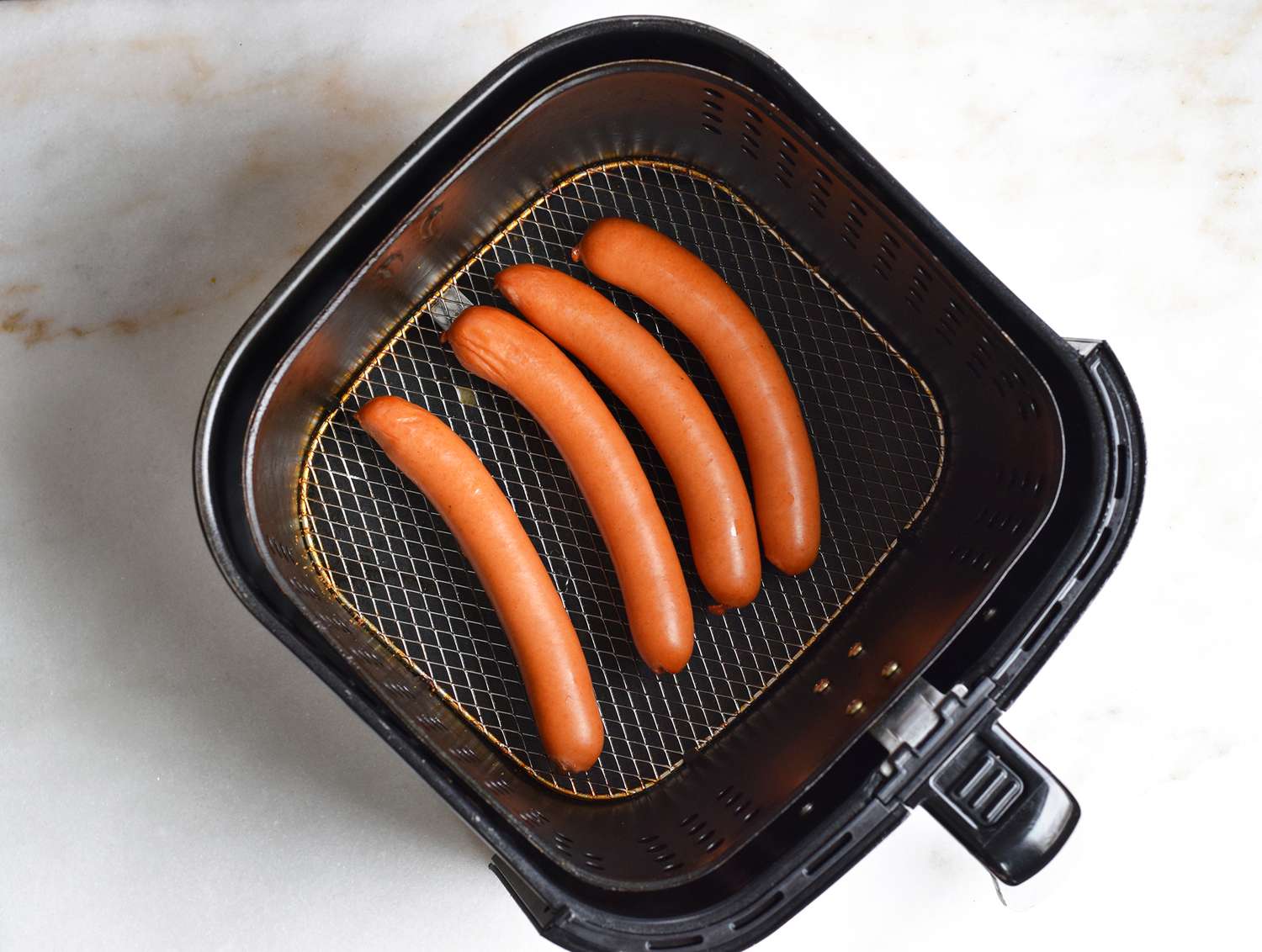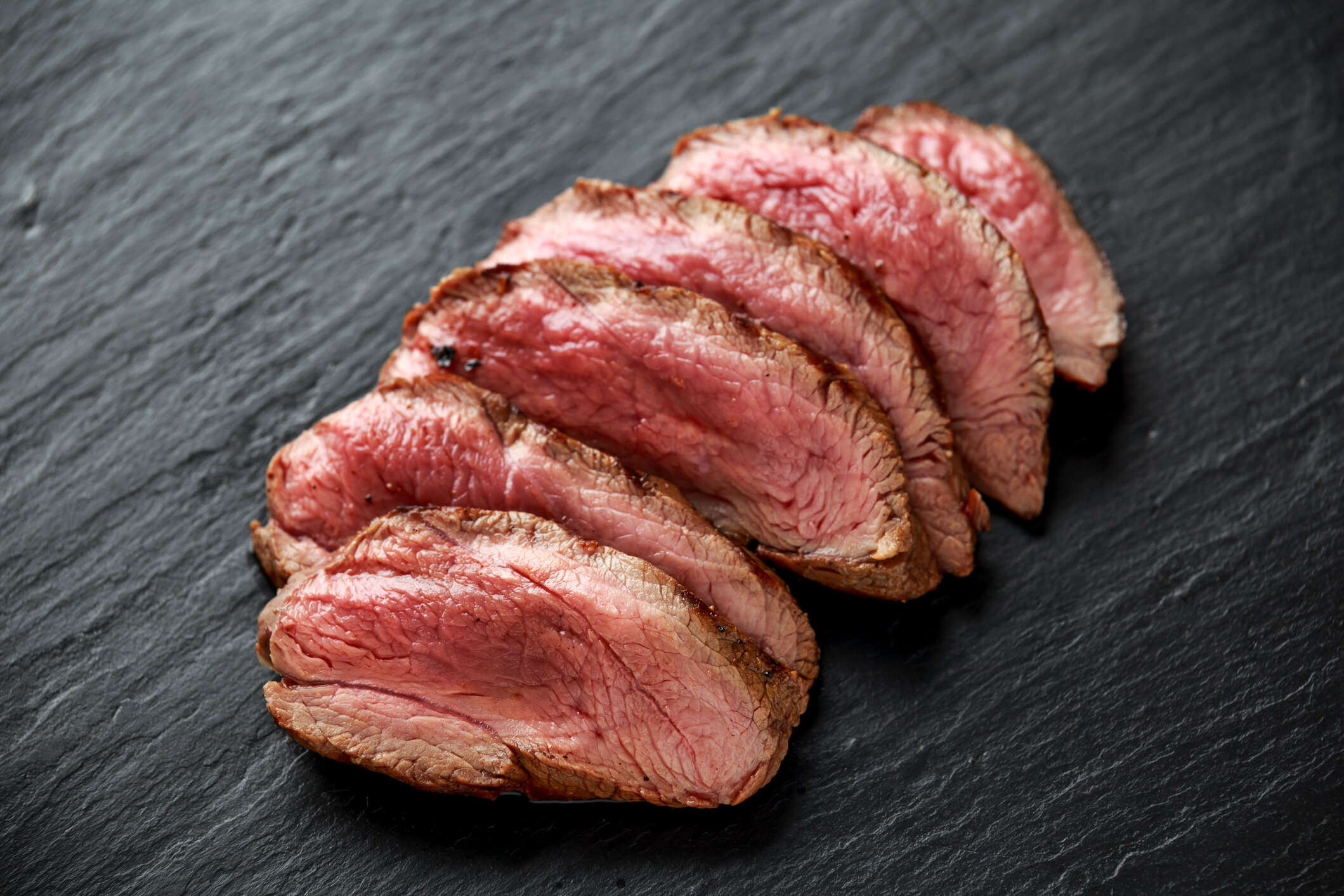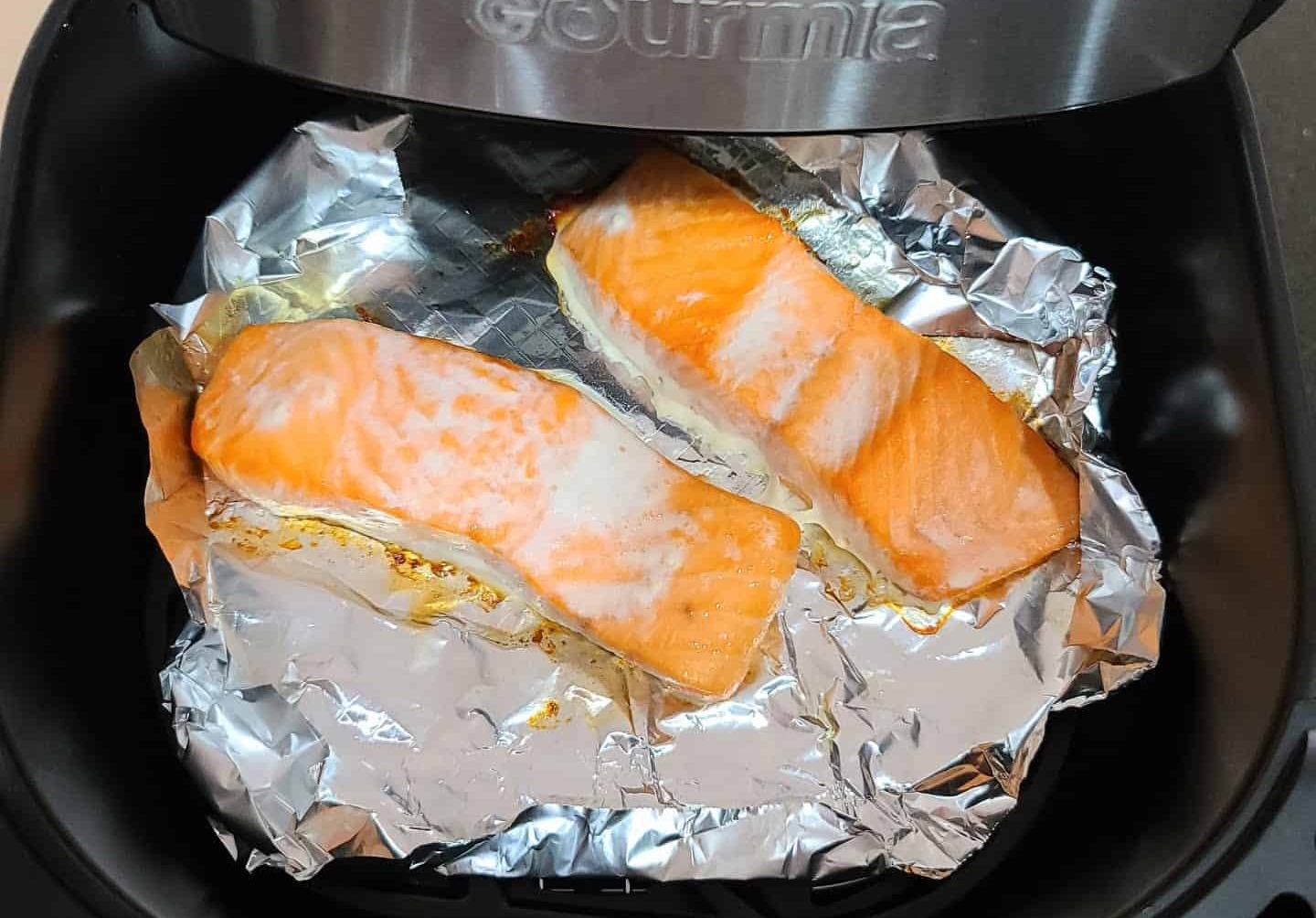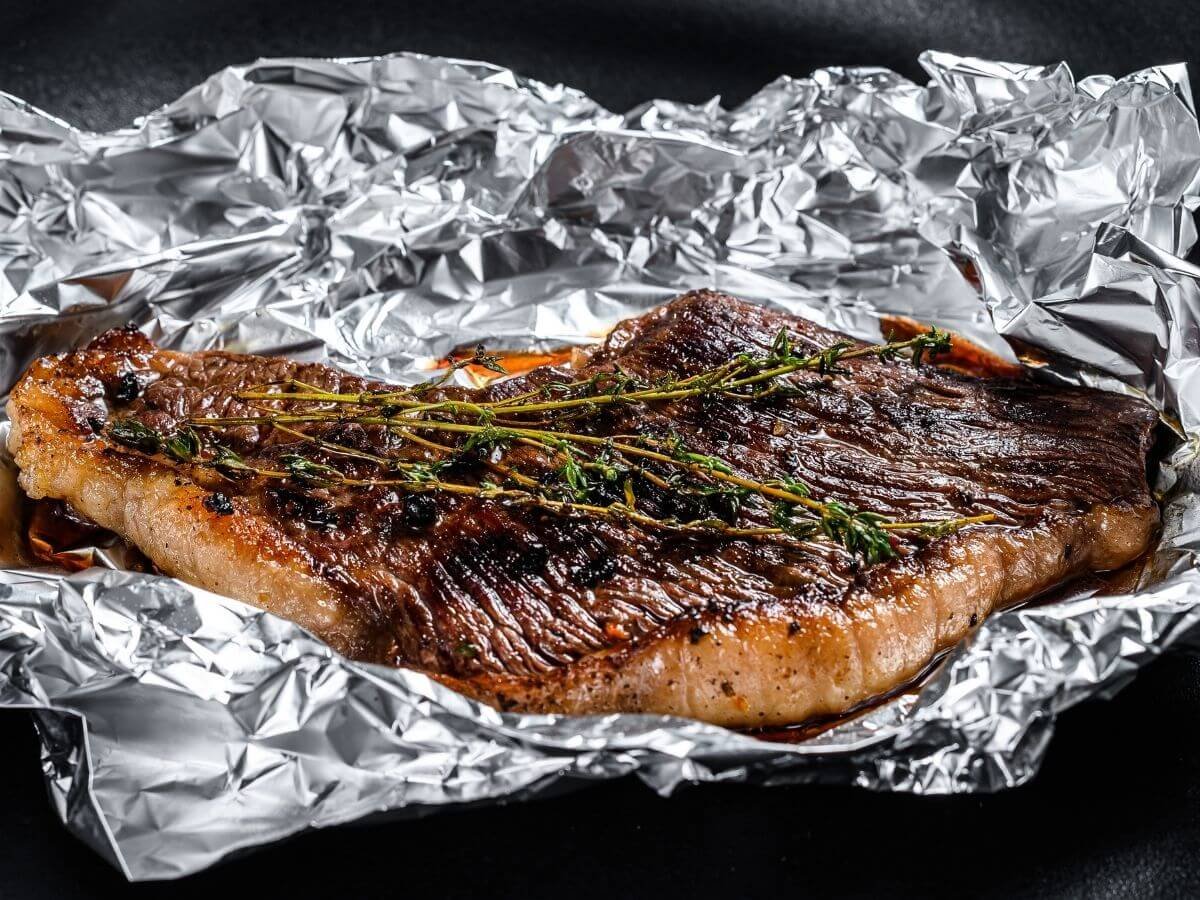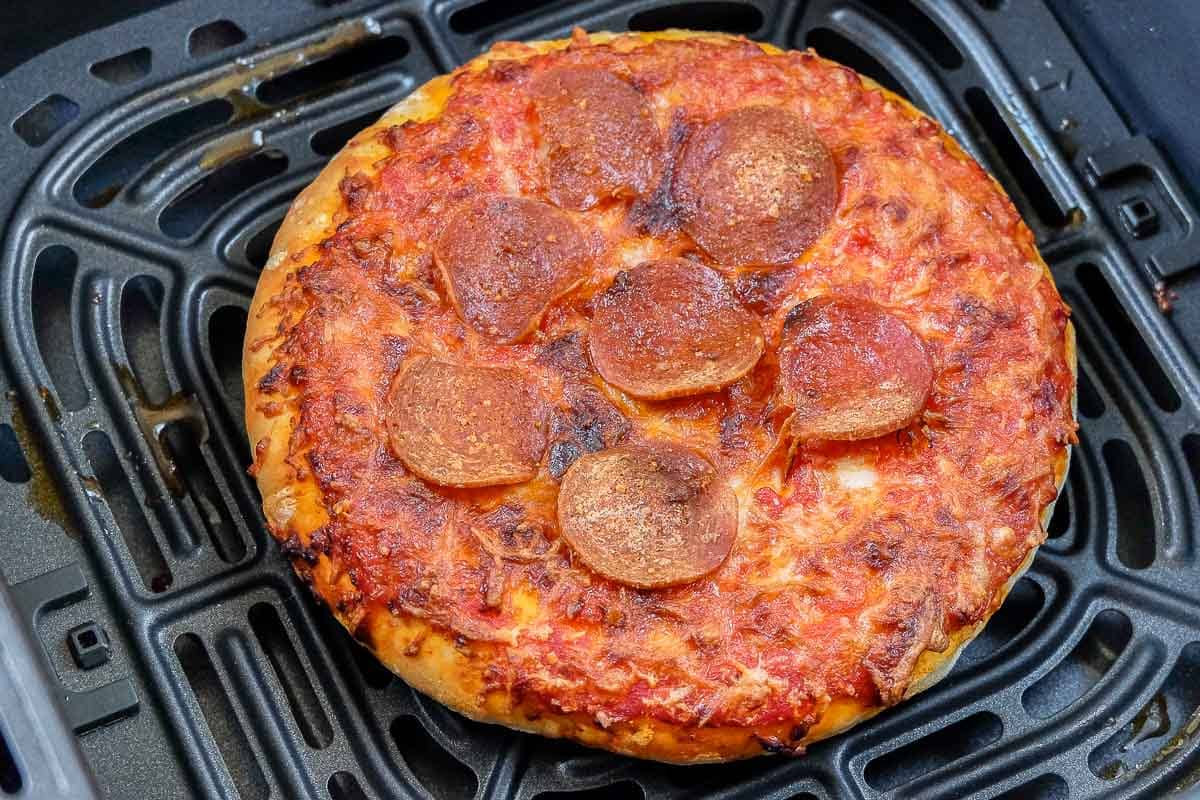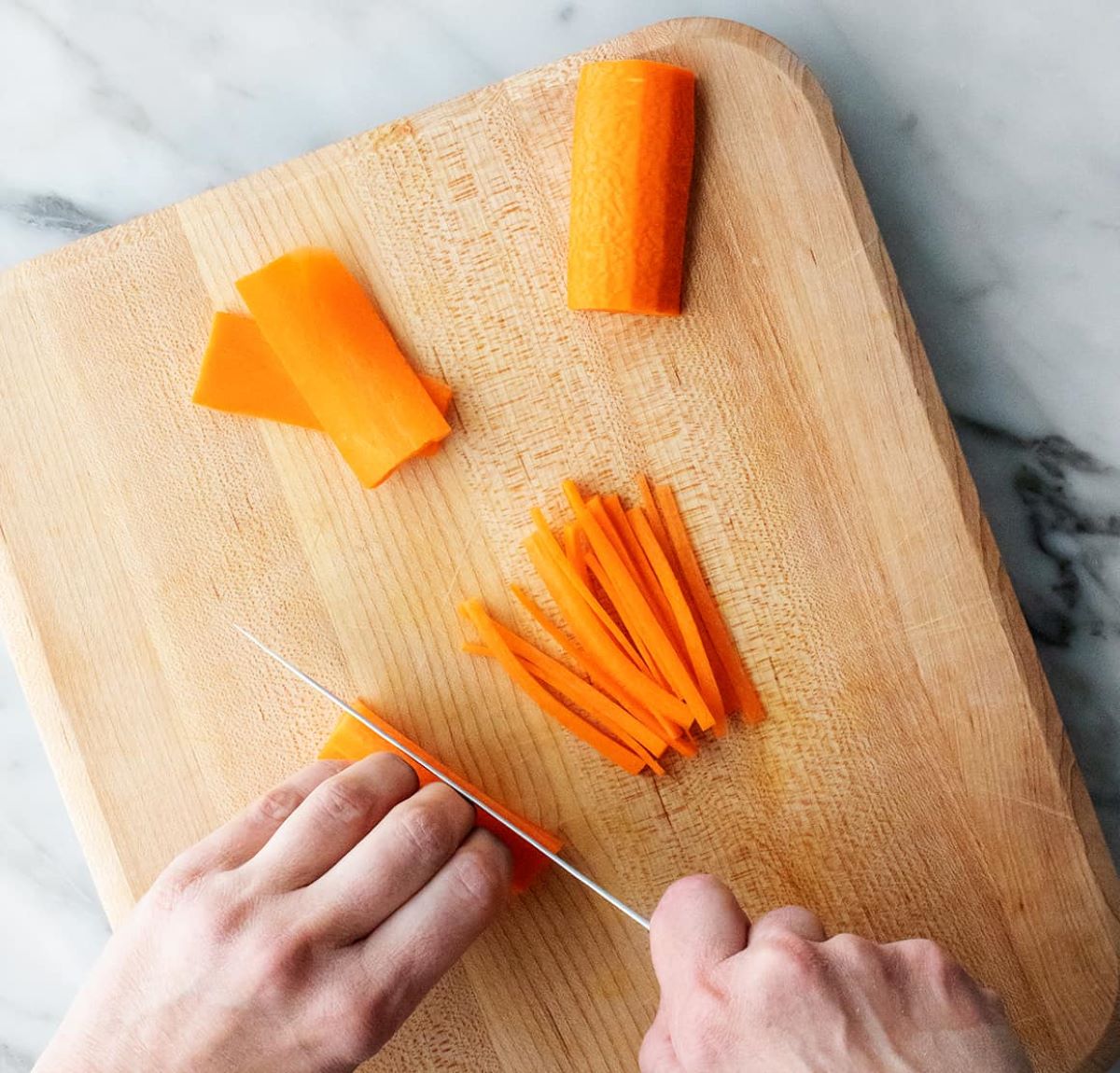How To Cook Ribeye Steak On Stove No Cast Iron
Are you craving a juicy and flavorful ribeye steak but don’t have a cast iron skillet? Don’t worry! You can still achieve restaurant-quality results by using your stove. In this article, we will walk you through the steps to cook a mouthwatering ribeye steak on the stove without a cast iron skillet. Get ready to impress your taste buds!
What You’ll Need
- A thick-cut ribeye steak
- A stainless steel skillet
- A pair of tongs
- Olive oil or any high smoke point oil (such as canola or vegetable oil)
- Coarse salt and freshly ground black pepper
- Optional: garlic cloves, butter, and fresh herbs for additional flavor
Step-by-Step Instructions
1. Take the Ribeye Steak Out of the Refrigerator
Allow your ribeye steak to come to room temperature by taking it out of the refrigerator at least 30 minutes before cooking. This will help ensure even cooking.
2. Preheat the Stainless Steel Skillet
Place your stainless steel skillet on the stove over medium-high heat and allow it to preheat for a few minutes. A hot skillet is essential for achieving a flavorful sear on the steak.
3. Season the Ribeye Steak
Drizzle a small amount of olive oil (or your preferred high smoke point oil) over both sides of the ribeye steak. Season generously with coarse salt and freshly ground black pepper, pressing the seasonings into the meat with your hands.
4. Sear the Ribeye Steak
Carefully place the seasoned ribeye steak onto the hot skillet. Let it sear undisturbed for about 4-5 minutes on each side for medium-rare doneness. Adjust the cooking time according to your desired level of doneness.
5. Add Extra Flavor (Optional)
If you want to enhance the flavor of your ribeye steak, you can add crushed garlic cloves, a pat of butter, and fresh herbs (such as rosemary or thyme) to the skillet during the last few minutes of cooking. Baste the butter and herbs over the steak for extra richness.
6. Rest and Serve
Once cooked to perfection, transfer the ribeye steak to a cutting board and let it rest for a few minutes. This resting period allows the juices to redistribute, resulting in a tender and juicy steak. Slice against the grain and serve hot.
Now that you know how to cook a delicious ribeye steak on the stove without a cast iron skillet, get ready to indulge in a mouthwatering meal. Remember to experiment with different seasonings and flavors to make it your own. Enjoy!
Explore More Delicious Recipes and Ways to Use This Guide
After mastering how to cook a ribeye steak on the stove without a cast iron skillet, it's time to enhance your culinary repertoire with a variety of flavorful recipes. For those who adore the rich flavors of butter and herbs, the classic ribeye steak with garlic butter is a must-try. If you're inclined towards bold, aromatic seasonings, the ribeye steak with coffee rub and cocoa glaze offers an exquisite balance of deep, robust tones. For a fresher, zestier experience, the lemon and dill ribeye steak provides a refreshing twist. Each recipe leverages the basic skillet technique while introducing unique ingredients and pairings that elevate the humble ribeye to gourmet standards. Experiment with these diverse flavors to discover your favorite gourmet creation.
Was this page helpful?
Read Next: How To Cook T-Bone Steak In Frying Pan
